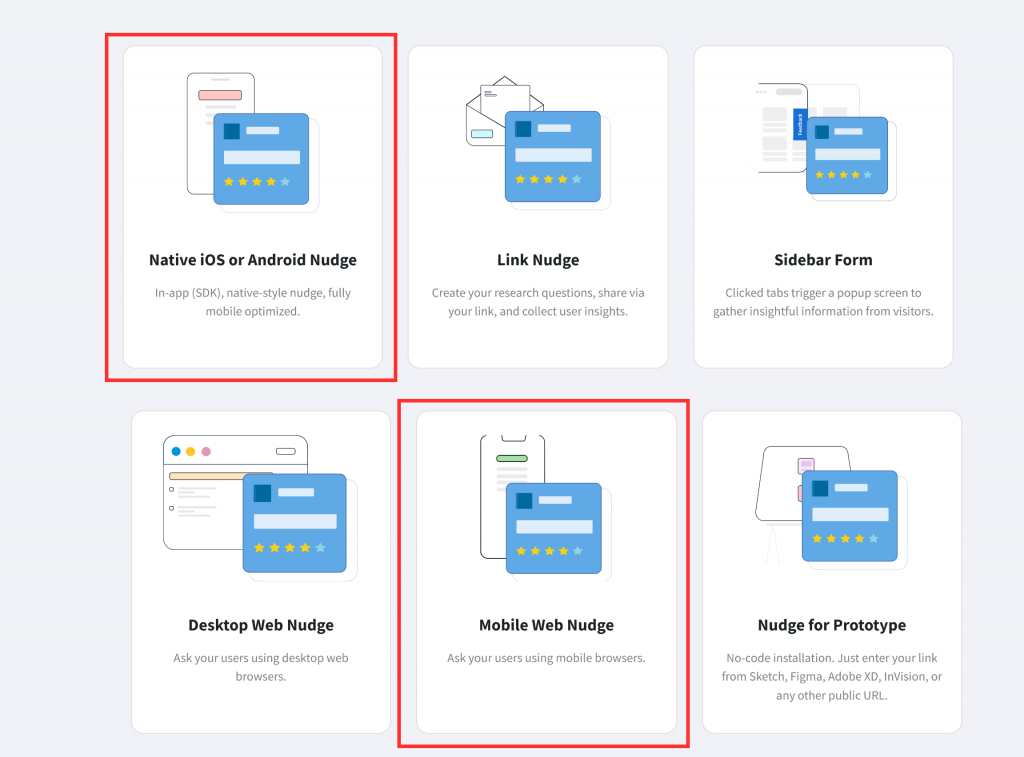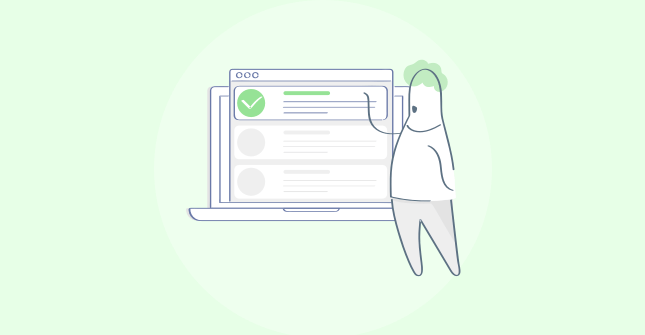At the moment, one of the most popular and indicative KPIs is NPS(Net Promoter Score). An in-depth understanding of this indicator makes it possible to qualitatively analyze the opinion of the end consumer about your product.
NPS surveys are an important part of any marketing campaign, but they require a lot of experience and knowledge. The market is constantly changing and it is no longer enough to send a request by mail to the buyer. Don’t despair, however, this article has collected some basic NPS practices that will help you better understand the feedback data. Moreover, if you need to get more business insights leveraging advanced analytics technologies, you may consider data science as a service.

What is NPS & Its importance?
Watch: What is NPS Score & why do you need it
Net Promoter Score or NPS is an index that shows customer satisfaction with the entire process of interacting with your company. This is one of the most important indicators of customer loyalty.
NPS gives a real picture of business success/failure. You can learn a lot more about your brand with one simple question than even with the number of sales. For example, you can find out how likely it is that a customer will recommend a store to a friend/family member. After asking this question and setting a scale of 0 to 10, where 10 is the highest likelihood of a recommendation, you can interpret the survey results as follows:
● 9 or 10 – loyal customers (promoters) who come back and can bring new customers;
● 7 or 8 – customers who are unlikely to become regular customers, even if they are satisfied with the product;
● 0 to 6 – dissatisfied customers who may share their bad experience with your brand with others.
Net Promoter Score will allow you to correctly assess the situation and work on errors. It is also the easiest way for customers to interact with the brand. Few of them agree to take a long survey about the purchase experience, but everyone can answer a single and direct question.
1. Customize Your Surveys
Agree, sometimes answering the questions of the company from which you just bought something can be quite tedious. Therefore, getting the customer interested is your main task.
The first thing you should do when launching an NPS survey is to adjust the fonts, colors, and text sizes to match your company’s design. The survey should be a part of your product, a harmonious continuation of your contact with the customer.
Watch: How to create net promoter score survey
In addition to design, the text that you insert into the survey also plays an important role, it is important to make sure that the text is relevant to your audience and does not sound too familiar or, on the contrary, too courteous. Be on the same page with your customers.
Read Also: Marketer’s Guide To Surveying Users
2. Reach Out to the Right Audience
Even before starting the survey, it is worth roughly calculating how many people will be involved. The fact is that, according to the laws of statistics, too small or, on the contrary, too large an audience will not give you correct results. For example, if your NPS survey is aimed at people who purchased in the last month, make sure there are enough people like that. Conversely, you should not send out a survey to all your customers over the past years, then the information received will be useless.
Also, always keep in mind that you will never achieve a result from 100% of the audience. According to data from the authors of the Genroe website, the average response rate is 15-25%. Therefore, consider whether the number of respondents will not be too small.
3. Find the Right Date
It is important to understand that NPS polls and other user activity on the site or in the application should not interrupt each other. If you don’t ask a customer in time with questions, you can interrupt the process of buying or using the application, so here are a few basic markers that you should focus on:
- Full use of the product. At this point, the client got acquainted with all the functions in your application and began to regularly use your product.
- Unique dates. This polling option is different from others. It all depends not on the actions of the client, but on the time that he spent inside the application or on the website. For example, it is a good idea to schedule a survey one week after you start using the product.
- After certain achievements. What “achievement” the client should get is up to you. For example, if your company offers services for automatic mailing by email, then you can ask questions after the first such mailing
4. Use Emails
As soon as the buyer has interacted with the site/application, for example, made a purchase or solved the issue with the help of technical support, send him an NPS survey. This way, you will be able to get an answer about the new action taken by the client. The sooner the customer sees it, the better. He will still be able to remember all the nuances of interaction and objectively evaluate it.
It’s best if the customer takes the survey right in the app as soon as they finish the interaction, but sometimes they just get lost or are in a hurry. In this case, it makes sense to send an NPS poll to the mail after a while. By doing this, you reduce the likelihood that the customer simply missed your NPS survey.
5. Use Personalized NPS Surveys
Customers know that companies are collecting information about them, so they are unpleasantly surprised when a brand, for example, does not call them by name. These messages look cold and repulsive. According to statistics, more than 70% of users expect a personalized approach from the company’s marketers.
Therefore, when preparing your next survey, do not be lazy to write messages with the names of your customers, or the names of companies. This will increase the chance of passing the survey and the very speed of response. If you are sending NPS by email, include the recipient’s name in the subject line and greet them.
It will also increase the chances that the client will open up and want to interact, even if the experience was negative. Do not forget to remind me what exactly the buyer did on your site. For example, “Hello Tom, you bought a phone from our store yesterday, could you please share your impressions of the purchase.” or “Hey Mary, this morning you had a problem with the application and you contacted technical support for help. We would like to know if our employee helped you? ”
Don’t be afraid to spend some time writing your email and check the correct personalization entries
Related Read: Creating a Customer Satisfaction Survey: Best Practices and More
6. Include Customer Incentives
This method should be used if the percentage of respondents who answered is extremely low. In general, the use of incentives is discouraged as it reduces the accuracy of the data, however, when other strategies do not work, this option can be turned down.
An incentive is the added value of a recently made purchase or service purchased. It can be used to:
● stimulating feedback – together with NPS, you can ask customers to complete a deeper survey for a 10% discount on a new purchase and attach a link to it;
● an apology – if something went wrong and the interaction was negative, you can always apologize with a price incentive and change the situation.
● rewarding customers for their loyalty – if the same person makes several purchases from you or has been using electricity provided by your company for a year, you can also reward him with a promotional code for a discount right in the survey.
You can offer anything from a discount on a purchase to a few days of free use of the application.
7. Utilize the Power of Anita Effect
This is a clever psychological trick that was discovered thanks to the work of Lufthansa Technik. These people, after doing some research and experimentation, concluded that male respondents are 30% more likely to respond to messages if they were sent by a woman. Knowing and using this effect gives you a huge competitive advantage, don’t forget about it.
8. Try A / B – Testing
Using different approaches to the same business almost always yields positive results. NPS polls are rarely opened by users and even less read, so it’s worth trying and playing with the design and content of the posts to keep customers interested. You can use various A/B Testing tools to gather information on what is working for you and what not.
Use an interesting user interface combined with a custom color scheme. Then analyze how many more people are opening the letter and answering questions. Update the look of your email at an enviable frequency so that people don’t get bored of interacting with you.
9. Segment your users
To conduct a survey analysis it can be sent to absolutely all customers immediately after the interaction, but this is not always necessary. For example, in the segment of SaaS business products, one account can be used by several people or a whole company at once. Therefore, stick to the following tips:
● for surveys on transactions and functionality – rely on the opinion of end-users;
● for surveys related to pricing, sales figures, or increasing lead times – contact the user who is responsible for this if you have his contacts, otherwise, send it to the end customer;
● if you want to know the rating for maintenance, on the contrary, send the survey to the end-user if you have his contact, otherwise, put the responsibility for the rating on the decision-makers;
● For a general-purpose NPS about your relationship with you as a company, send it to the end-user, or if you sell SaaS products, to the decision-maker.
When sending polls, pay attention to the frequency of responses of a particular user, if he constantly and equally positively answers all NPS – do not send them to him constantly. Try to target the audience with the least feedback.
10. Send an NPS survey to your employees
Evaluate interactions not only with customers but also with your employees. Send them personalized eNPS to understand how they feel about the company. It is necessary to understand if there are those who are not satisfied with their work or are not motivated. This way, you can retain an employee who is on the road to being fired.
And those who agree to recommend a company, are motivated and ready to take the initiative, you can motivate even more with incentives and career growth.
Conclusion
In the modern world, market competition is constantly growing. Therefore, only analyzing customer sentiment about your product can be the key that will give you a competitive edge and save you days of work and thought. Only NPS can provide insight into where to move your product.
 Tips
Tips
We’d love to hear your tips & suggestions on this article!
FREE. All Features. FOREVER!
Try our Forever FREE account with all premium features!

 We'd love your feedback!
We'd love your feedback! Thanks for your feedback!
Thanks for your feedback!






